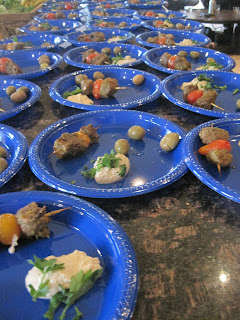

Hello again. The long hot Sonoran summers drain me of all zest for life and creativity. The end of this inferno is in sight and I'm ready to write here again! As I've mentioned before, my definition of "Paleo eating" always returns to the hunter-gatherers. During the Tucson summer my spirit creeps north where it hides in a mossy, shady spruce forest near a cold little splashy brook. In those parts of the world we have three hunted/gathered sweeteners: raw honey, maple syrup and birch syrup. Almost nobody has had a chance to taste birch syrup. You have to order it from Alaska or Canada. This is not as unreasonable as it sounds unless you have made a commitment to eating locally because I'm sure you eat many foods every day that come from that far away. It would be better to order birch syrup from Alaska than to eat unfinished honey imported from China (see
this NPR story).
Birch syrup is more precious than maple syrup. It takes about 40 gallons of sap from a maple tree to make one gallon of syrup. It takes nearly 100 gallons of sap from birch trees to make 1 gallon of birch sap. It can be done sustainably and without harming the trees. Check out the management of the sugar bush that produces
Kahiltna Gold birch syrup. They let the trees rest two years between tappings! Birch syrup is less sweet than maple syrup and tastes faintly of molasses. It has a similar nutrient profile to maple syrup including manganese, magnesium, iron and some B vitamins, but birch syrup has more than double the nutritional content. The one drawback, as far as I'm concerned, about birch syrup is that it is primarily fructose as opposed to maple syrup which is sucrose. Isn't it fascinating that trees have different types of sugars!
Birch syrup is delicious and pretty soon I'll give you a couple recipes. The basket in the picture is perhaps my favorite possession. It was made by a Penobscot man in Maine using the
traditional brown ash. It is strong as an ox and beautiful. I grew up watching my grandfather use his Penobscot-made pack basket for all his hunting and fishing trips. No plastic, no fancy fishing bags. I feel honored to have this beautiful, utilitarian basket. Brown ash trees, birch trees and sugar maple trees are found in similar ecological zones.





